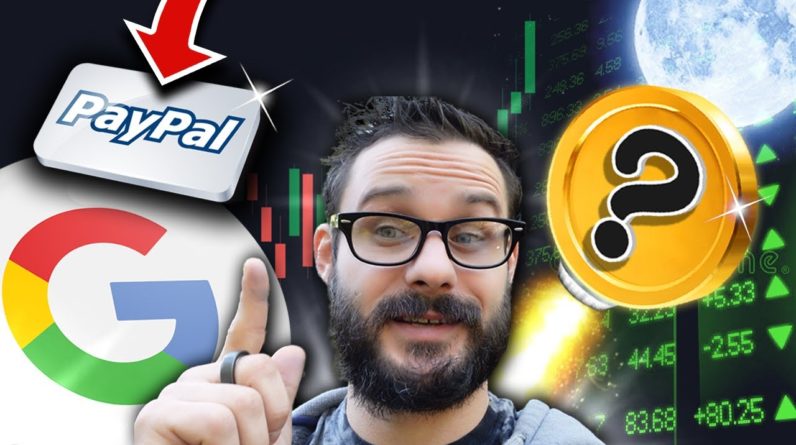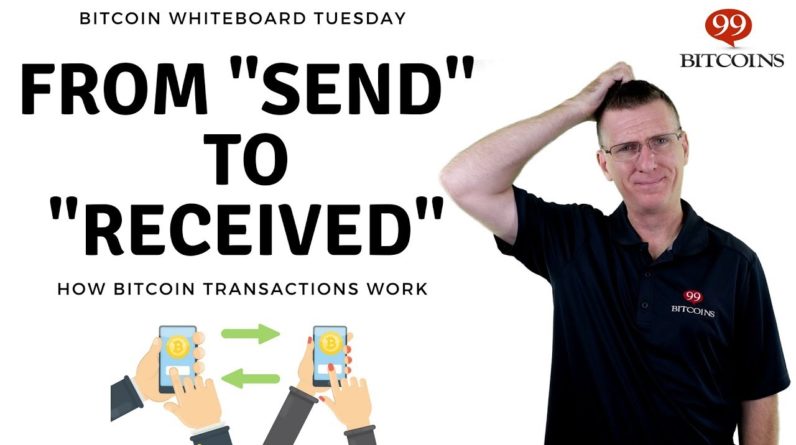
[Music] for decades the minimum wage has sparked fierce debate among economists and politicians the covert 19 pandemic and president joe biden's push to raise america's minimum wage have forced the issue back into the political spotlight economists traditionally believed that raising the minimum wage led to job losses it's often been feared the minimum wage will end up hurting the very people you're trying to help yet decades of research has led to a rethink and today 90 of countries have some form of minimum wage [Music] but there is still no agreement on how high it can be without harming workers why does the minimum wage continue to be so divisive [Music] for more than a hundred years worker revolutions and strikes fought for a minimum wage in 1894 new zealand finally introduced the first laws around a national base pay since then take up of minimum wages in the rest of the world has been varied though the concept is simple workers are paid a legal base rate for their work most economists believed the minimum wage could destroy jobs this idea comes from the most basic of economic models supply and demand economics 101 if you make something more expensive people will usually want to buy less of it and if you make labor more expensive then employers might want less of it and what we call employers wanting less labor in the real world is unemployment america's first federal minimum wage wasn't introduced until 1938 when president franklin roosevelt set it at 25 cents per hour to help low-income workers during the great depression [Music] but the federal minimum wage in america isn't tied to inflation and so hasn't kept up with rising prices over time it's lost value and stagnated today it stands at 7.25 per hour meaning that in real terms it peaked at around 12 in 1968 [Music] in response to the low federal minimum wage rate some state and county politicians raised it locally themselves by the early 1990s instead of having just one us minimum wage you've got differing minimum wages in different states different counties different cities so almost this patchwork quilt of differing wage floors in 1991 the federal minimum wage in america went up to 4.25 about eight dollars in today's money by 1992 24 states had the same minimum wage rate as the federal one and five states had minimum wage rates higher than it this patchwork of different minimum wage levels gave economists an opportunity to measure the real-world impact of the minimum wage and this led to a study that turned economic thinking about the minimum wage on its head in 1992 two economists from princeton david card and alan kruger looked at how changes to the minimum wage affected employment at fast food restaurants in two states with differing policies new jersey where the minimum wage for workers increased and neighboring pennsylvania where it stayed the same of course what conventional theory would tell you at the time is the minimum wage has gone up in new jersey it hasn't gone up in pennsylvania what you'd expect to see is employment in new jersey to fall relative to employment in pennsylvania but what kardon kruger found is actually the opposite despite the wage going up in new jersey employment actually increased the surprising result can be explained by the idea of monopsony power something that employers in the fast food industry may possess to a degree in a monopoly there is one dominant supplier who sells to many buyers a monopsony is the opposite there's one sole buyer of goods or employer of workers the classic example is a one factory town but all employers have a degree of monopsony power in this case the fast food company in an area with less competition the employer can set the wage for their workers this means wages can be kept artificially low carden kruger found that a small wage increase didn't lead to redundancies because wages were already below market rate and why did employment increase the higher wage may have attracted new workers to the market the study proved for the first time that raising the minimum wage doesn't necessarily destroy jobs this groundbreaking finding challenged conventional wisdom on minimum wages in america and saw similar policies spread around the world china introduced a minimum wage in 1994 britain in 1998 along with ireland in 2000 and germany in 2015 cards and kruger's finding also led to a new focus on empirical or real world data as opposed to theory yet gathering empirical data isn't easy and can give contradictory results so far from providing clarity the study only served to reignite the debate so are you going to track the number of jobs or are you going to track workers because you know they're not necessarily the same thing you've got to decide are you going to try and look at the entire labor market or just certain groups whether that be the low skilled or teenagers or some other sort of group isolating the impact of the minimum wage is far from straightforward take seattle it's been at the forefront of the minimum wage debate in america since a historic law in 2014 was passed that would set the minimum wage at 15 an hour by 2021 two studies of low paid jobs a year apart gave very different results the first published in 2017 looked at aggregate data or averages of data on hours and earnings it found that the increase in minimum wage led to employers reducing hours in low paid sectors meaning employees overall lost out on monthly wages the second in 2018 looked at individual workers and found that low-paid workers earned more on a weekly basis after the minimum wage had been increased but some of this gain was because workers were picking up shifts in other jobs so in their first paper they're looking at aggregated number of hours aggregated number of jobs aggregated numbers about pay but a year later in their second paper they've got access to these individual tax records so they can actually track what's happening to individuals and follow them both studies are accurate but seemingly contradictory this goes to the heart of the minimum wage debate fundamentally what these two studies show is that the minimum wage is really an empirical question rather than a theoretical one it depends on what sectors people are working in how easily replaced by machines they are what sort of profit margins their employers have what their pricing power is and what policy makers and economists need to keep in mind is that they need to keep checking the data keep looking at different types of data and keep examining the evidence of the impact these policies are having and in america the opportunity for another experiment could be just around the corner this time on a national scale i'm joe biden it's time we had a 15 an hour minimum wage so families can earn a living and get ahead as president i'll make sure we get it done raising the federal minimum wage to 15 an hour isn't just about economics this is about politics this is a partisan dividing line and you know he may struggle to push this through the senate it would take america's economy into uncharted waters and some economists still fear it is too high for firms to handle and could lead to job losses if joe biden does manage to raise the federal minimum wage to 15 an hour that'll obviously be a big historical moment but i'm afraid economists and politicians will likely be arguing about the impact for years to come the world has little experience of an increase this large perhaps analyzing the impact could help economists finally reach a consensus on the minimum wage i'm duncan wilder britton economics correspondent at the economist we've written a series of articles on the basics in economics and how the latest research and thinking is changing them you can find those articles at the link below thanks for watching and don't forget to subscribe




